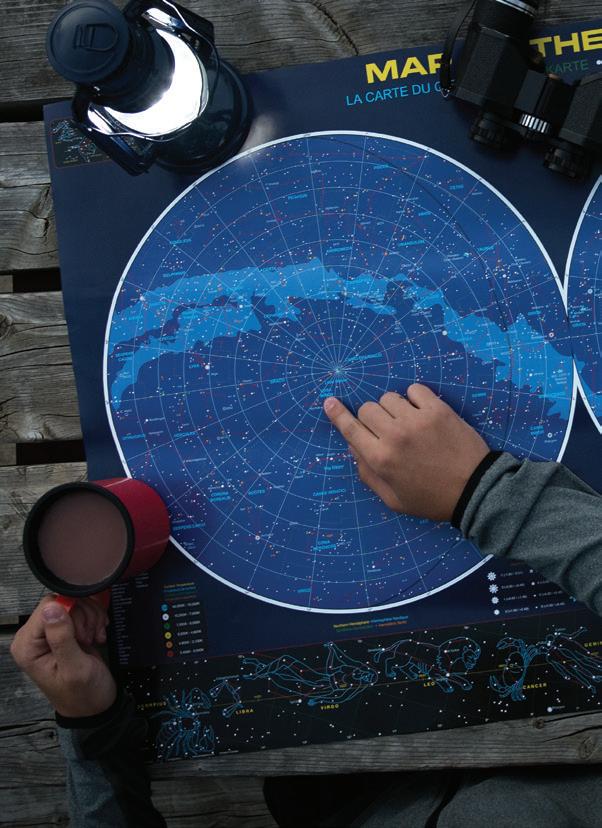
5 minute read
SUMMER PET ADVICE
Pet Advice Summer presents
How you can get your puss, pooch or other loving animal adjusted for the season
Advertisement
If the weather forecasts are to be believed, it’s gonna be a hot one this year and we might find occasions when the mercury could rise higher than usual. Taking care of yourself is one thing, but your pets have a different level of maintenance worth considering. Here are a few tips to keep them healthy and happy this summer.
● Pets can get dehydrated quickly, so give them plenty of fresh, clean water when it’s hot or humid outdoors. Make sure your pets have a shady place to get out of the sun, be careful not to over-exercise them, and keep them indoors when it’s extremely hot.
● Know the symptoms of overheating in pets, which include excessive panting or difficulty breathing, increased heart and respiratory rate, drooling, mild weakness, stupor or even collapse. Symptoms can also include seizures, bloody diarrhea and vomit along with an elevated body temperature of over 104 degrees.
● Do not leave pets unsupervised around water. Consider a life vest and rinse your pets off after swimming to remove chlorine or salt from their fur. Avoid allowing pets from drinking treated or salt water.
● Feel free to trim longer hair on your dog, but never shave your dog: The layers of dogs’ coats protect them from overheating and sunburn. Brushing cats more often than usual can prevent problems caused by excessive heat. And be sure that any sunscreen or insect repellent product you use on your pets is labeled specifically for use on animals.
● Asphalt gets extremely hot, if you can walk on it barefoot, it is not safe for your pets to walk or lie on. Being so close to the ground, your pooch’s body can heat up quickly, and sensitive paw pads can burn. Keep walks during these times to a minimum.
● Commonly used rodenticides and lawn and garden insecticides can be harmful to cats and dogs if ingested, so keep them out of reach. Keep citronella candles, tiki torch products and insect coils of out pets’ reach as well. n
Courtesy ASPCA


DARK SKIES
Look up—way up—at Mother Nature’s time machine
Photography by Brenda Lakeman


It’s crazy to think that all those stars we see on a clear night could already be gone. That’s why stargazing is like witnessing time travel in its simplest form. This Einsteinian fact has everything to do with the distance that light has to travel to get to us. Witnessing this blast from the past, however, is hindered by the presence of light pollution, which makes all but the brightest stars invisible. Fortunately, areas of land across the world are being set aside where the only light to be seen is from the sky above you. So, getting out of the city to take in the full glory of a cloudless night is easy— all you need is time, a few astronomy basics, plus a blanket to keep you warm. Take a look.
DARK-SKY PRESERVES The Royal Astronomical Society of Canada (RASC) describes dark-sky preserves (DSP) as land found in or around parks that have a reduction or elimination of artificial light. Besides being a great place to view the night sky, DSPs also help nocturnal animals, plants and humans keep to their normal Circadian rhythms.


Stargazing and city living may seem an unlikely mix, but being limited to the stars that are visible in urban areas can help you pick out the brighter ones with just a pair of binoculars. You can also invest in one of three basic types of telescopes: a refractor that uses lenses, a reflector that uses mirrors or a catadioptric that uses lenses and mirrors. Remember, however, that moonlight can hinder good sky viewing. Also, the moon rises about 50 minutes later each day because it constantly shifts about 13 degrees towards the east. Keep this in mind to minimize moonlight interference when you set up your telescope or point your binoculars towards the heavens. Stargazing really doesn’t require more than a healthy dose of wonder and a few astronomy basics. Books and websites are also great resources to help you locate constellations, planets, galaxies or even the International Space Station. NASA’s website is always a wealth of information, and the RASC’s has a list of Canadian star parties to attend, as well as links to all the DSP sites across Canada. Don’t forget about Edmonton Telus World of Science. Its website lists classes and upcoming events.
So whether you are new to stargazing or were born with a telescope in your hands, looking up at a star that twinkles back at you is always awe-inspiring—especially when that star’s light took tens-of-thousands of years to reach Earth. n
BEAVER HILLS DARK-SKY PRESERVE, ALBERTA LOCATION: Elk Island National Park, including Cooking-Lake Blackfoot Provincial Area SIZE: 293 square km RASC DESIGNATION: Received DSP status September 2006, on Elk Island’s 100th Anniversary ASTRONOMY IN THE PARK: The Edmonton RASC has been visiting this preserve for over 20 years. It holds public astronomy programs, but also raises awareness about the damaging effects that light pollution has on the environment.

JASPER NATIONAL PARK DARK-SKY PRESERVE, ALBERTA LOCATIONS: Marmot Meadows, Athabasca Glacier, Jasper House and Pyramid Island SIZE: 11,228 square km RASC DESIGNATION: Received DSP status March 2011 ASTRONOMY IN THE PARK: October is Dark Sky Month in Jasper and is celebrated with a Dark-Sky Festival. This year’s event runs October 16-25.











